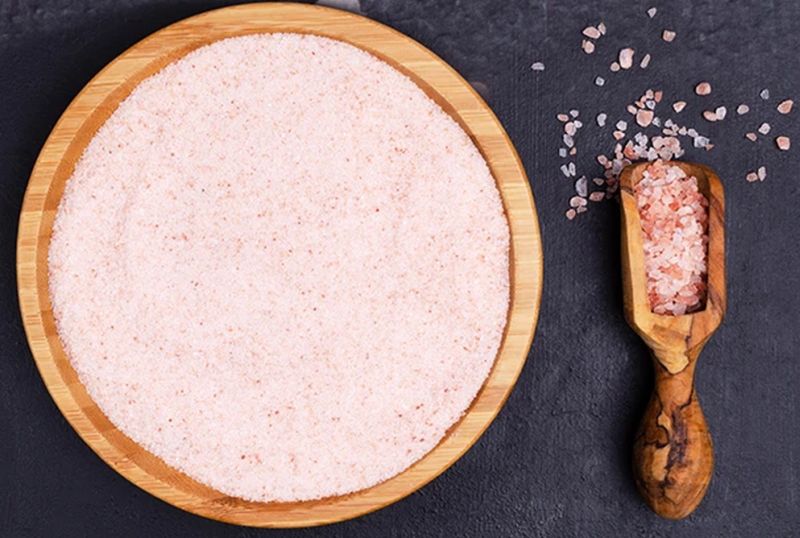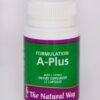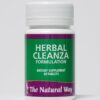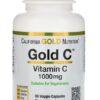Everyone should switch to Pink Himalayan Salt – Here’s Why
Throughout history, salt has been used not just as a food additive, but also as a means for trade. This led to the formation of “salt routes,” through which merchants transported and sold salt in countries where it was not produced.
While the earliest recorded instance of salt being harvested for human consumption happened in 6,000 BC at Lake Yuncheng in the Chinese province of Shanxi, it was actually the Romans who perfected the processing of the mineral, as well as its subsequent trade in a worldwide network. In fact, the Latin word for salt, salarium, is the root word for today’s salary.
The use of salt continued throughout the ancient world, with many civilizations soon ascribing mystical healing powers and divine significance to the mineral.

A brief history of salt
According to research, the development of human civilization is directly linked to salt, with usage of the mineral spanning literally thousands of years of human history, across many different cultures and continents — a fact that is made even more evident by examining the specific cuisines and culinary practices of many countries today.
Aside from cooking, one other social sphere where salt continues to make an impact is in its use in promoting overall health and wellness.
For the Ancient Egyptians, salt functioned as a powerful cleanser, while for the Ancient Greeks, it was an integral part in therapeutic steam baths. The Romans, on the other hand, used salt scrubs as part of their basic bathing rituals.
These practices, unsurprisingly, have since been carried over to modern times.
Salt occurs naturally in nature
Known chemically as sodium chloride, salt is a compound of two different elements, sodium and chlorine. Salt occurs naturally in nature, such as in seawater, where it is the main mineral constituent, and inland, where it appears mainly in the form of halite or rock salt deposits.
These deposits were created after repeated episodes of evaporation in prehistoric seas and inland salt lakes. Over geologic time, and after countless shifts in folding and tectonic movement, several enormous salt deposits have since been formed around the world, some of which are thousands of feet thick.
One such deposit is the Khewra Salt Mine in Pakistan, where pink Himalayan salt is produced.
What is pink Himalayan salt?
One of the oldest and largest salt mines in the world, the Khewra Salt Mine was first discovered by the Macedonian conqueror Alexander the Great who noted that his horses were revitalized after licking the stones in its vicinity.
These stones, as it turns out, were chunks of pink Himalayan salt.
Considered to be one of the purest and healthiest salts in the world, pink Himalayan salt is unrefined, unprocessed “raw” salt that is hand-mined from the salt caves in the Himalayan foothills in the Punjab region of Pakistan, which were formed 250 million years ago.
Unlike normal table salt which is artificially fortified and heavily processed, pink Himalayan salt is naturally rich in iodine, as well as other minerals and trace elements. In fact, it is these very minerals, especially iron, that give the salt its characteristic beautiful rosy and pink colour.
What are the health benefits of pink Himalayan salt?
Much like regular table salt in terms of chemical composition, pink Himalayan salt is made up predominantly of sodium chloride. However, its major difference from regular table salt is that it has other elements in it as well — 84 of them, to be exact.
According to holistic and naturopathic physicians, these other elements — as well as its pure, raw and unprocessed nature — are the main source of pink Himalayan salt’s health benefits, some of which are listed below:
Pink Himalayan salt supports normal electrolyte balance
The essential and trace minerals present in pink Himalayan salt act as important electrolytes in the body. This means it can help maintain the body’s normal fluid balance, as well as optimal overall health.
Pink Himalayan salt helps guard against sodium deficiency
As it is predominantly composed of sodium chloride, adding pink Himalayan salt to your daily routine can help you avoid sodium deficiency, a condition which has been linked to several health issues.
Pink Himalayan salt helps maintain healthy blood pressure levels
According to several studies, sodium, one of the major components of pink Himalayan salt, is linked to the maintenance of healthy blood pressure levels that are already within the normal range.
Pink Himalayan salt supports healthy, glowing skin
Salts such as pink Himalayan salt may offer relief to people who are experiencing minor skin itchiness and dryness. This can be linked to its sodium content, which helps maintain adequate hydration in the skin. It’s the reason why salt scrubs are such a popular skin treatment.
Pink Himalayan salt promotes healthy energy levels
Pink Himalayan salt is packed with antioxidants and electrolytes that can support healthy energy levels when consumed in moderation.
How do I use pink Himalayan salt in the kitchen?
As it is made predominantly from sodium chloride, pink Himalayan salt, can be used as an alternative to regular table salt. This means it can be used for cooking without any issues whatsoever.
It is especially great as a “finishing salt,” i.e. one that you sprinkle on top of food such as steamed fish, salads and air-popped popcorn, just before serving.
Blog originally published by:






